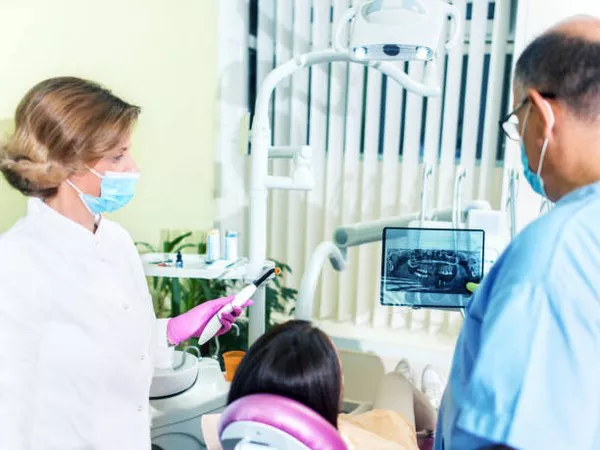Retainers play a crucial role in maintaining the alignment of teeth after orthodontic treatment. However, it’s not uncommon for individuals to experience tooth pain or discomfort when wearing retainers, especially during the initial adjustment period. In this article, we will explore the reasons why teeth may hurt with retainers, including factors such as initial adjustment, pressure points, tightness and fit issues, consistent wear, jaw alignment changes, material sensitivities, tooth sensitivity, and the importance of seeking professional guidance.
Initial Adjustment
It’s essential to recognize that some discomfort is normal when first wearing retainers as the mouth adjusts to the new appliance. This adjustment period may last for a few days to a couple of weeks, depending on the individual. During this time, the teeth, gums, and surrounding tissues may experience soreness or tenderness as they adapt to the presence of the retainer.
Pressure Points
Retainers exert pressure on teeth to maintain alignment, which can lead to temporary sore spots or ulcers in the mouth. These pressure points may develop where the retainer comes into contact with the teeth or soft tissues. Over time, as the mouth adjusts, these sore spots typically resolve on their own. However, if discomfort persists, it’s essential to seek professional evaluation.
Tightness and Fit
Issues of tightness in retainers can also contribute to tooth pain. A retainer that feels excessively tight or uncomfortable may indicate that it needs adjustment by an orthodontist. It’s crucial not to ignore signs of improper fit, as wearing a poorly fitting retainer can lead to further discomfort and potential complications with tooth alignment.
Consistent Wear
Consistent wear of retainers is essential for preventing teeth from moving out of alignment. When individuals fail to wear their retainers as prescribed, there may be a gap between wearing periods. In such cases, teeth may shift slightly, causing pain or discomfort when the retainer is worn again after a hiatus. To minimize discomfort, it’s crucial to adhere to the recommended wear schedule provided by the orthodontist.
See Also: Bottom Braces: Average Cost Range, Types , Factors And Insureance Coverage
Jaw Alignment
Changes in how teeth fit together can temporarily affect jaw alignment and lead to discomfort when wearing retainers. As the mouth adjusts to the retainer, individuals may experience minor shifts in the position of their teeth and jaw. This can result in feelings of tightness or discomfort, particularly during the initial stages of wearing the retainer.
Material Sensitivities
Some individuals may have sensitivities to the materials used in retainers, such as certain plastics or metals. In such cases, alternative materials may be recommended to minimize discomfort and allergic reactions. It’s essential to communicate any known allergies or sensitivities to the orthodontist to ensure that suitable materials are used for the retainer.
Tooth Sensitivity
Individuals with sensitive teeth may experience heightened discomfort when wearing retainers, particularly if the retainer exerts pressure on sensitive areas. To manage tooth sensitivity while wearing a retainer, individuals can:
- Use desensitizing toothpaste or mouthwash.
- Apply a thin layer of dental wax to areas of the retainer that come into contact with sensitive teeth.
- Take over-the-counter pain relievers as directed by a dentist.
Professional Guidance
For persistent pain, improper fit, or other concerns related to retainer discomfort, it’s crucial to seek professional guidance from an orthodontist. Orthodontic professionals have the expertise to assess the fit of the retainer, identify any underlying issues contributing to discomfort, and make necessary adjustments to alleviate pain. Delaying treatment for retainer-related discomfort may lead to worsening symptoms and potential complications with tooth alignment.
Conclusion
While tooth pain with retainers is not uncommon, understanding the reasons behind it can help individuals manage discomfort effectively. Factors such as initial adjustment, pressure points, tightness and fit issues, consistent wear, jaw alignment changes, material sensitivities, and tooth sensitivity can all contribute to retainer-related discomfort. By recognizing these factors and seeking professional guidance when needed, individuals can ensure a comfortable and successful experience with their retainers while maintaining the alignment of their teeth.
You Might Be Interested In






























